Forty years ago, in September 1970, Lafayette College welcomed its first official coeducational class with 146 women.
About 30 members of that pioneering group from the Classes of 1972, 1973, and 1974 returned to campus April 29 for the inaugural First Women of Lafayette Reunion.
“Lafayette has always been special to me and, while I don’t often return to campus, this seemed like the perfect opportunity,” says Karen Nettler ’74, director, community connections, Jewish Community Services, Baltimore, Md. “I was amazed at how similar the campus looked as it did in ‘my time,’ …yet, also changed. I admire the way the necessary development of new and renovated structures has maintained a consistent look over the decades.”
Other attendees also noted the striking beauty of the campus, which they enjoyed as they followed the day’s schedule taking them from building to building to attend classes of their choice, a lunch presentation by students majoring in Women’s and Gender Studies sponsored by the Council of Lafayette Women, and tea at McKelvy House.
“I was surprised at what an emotional experience the event proved to be,” says Judy Thomson ’73, family ministry chaplain, St. Andrews Presbyterian Church, Kilmarnock, Va. “I found myself deeply reflecting on my life during the 40 years since September 1970. It was a delight to sit in on four classes, and it warmed my heart to observe that, as they did 40 years ago, professors still know their students’ names.”
The attendees included several who own their own businesses, a minister, lawyer, psychologists, radio producer, marketing director, librarian, senior magazine editor, psychiatrist, and human resources vice president just to name a few of the careers. In addition, a number are involved in College voluntary leadership positions such as the Board of Trustees, class correspondent, and Alumni Admissions Representatives.
“I wanted to show that being one of the first women to graduate and the opportunities it afforded me in my business career were important to me and for which I am very grateful,” says Shirley Blackall ’72, founder and owner of Blackall Associates Incorporated-Masterpiece Dolls of Providence, R.I. “In the business world the best way to remove the glass ceiling imposed by others is to control your own destiny through entrepreneurship. Owning your own company gives you the opportunity each day to be compensated for your abilities regardless of gender.”
A special class featured professors and administrators who were at the College in the 1970s and are still involved. The group included Robert Weiner, Jones Professor of History; William R. Jones, professor emeritus of mathematics; David Hogenboom, professor emeritus of physics; Robert Chase, Dana Professor Emeritus of Biology; Rado Pribic, Williams Professor of Foreign Languages and Literatures, and Edward McDonald, professor of foreign languages and literatures.
“They shared their quite unique views of the evolution through the years,” says Alma Scott-Buczak ’74, College trustee and assistant executive director, Human Resources, New Jersey Transit, Newark, N.J. “this was the most interesting session for me.” Several others agreed. “It was fun to hear from professors and staff who were around when we were the ‘war stories’ and about the process that went on when the decision was being made about coeducation,” says Thomson.
After a dedication ceremony for the 40th Anniversary of Coeducation Commemorative Quilt, the group enjoyed dinner with President Daniel H. Weiss, who spoke about the history of coeducation, the academic leadership of women at Lafayette, and the legacy of the first women.
“You truly were pioneers,” Weiss said. “You faced hardship, hostility, and other challenges. And you had to make your way on College Hill without the benefit of role models. But you also had the exhilarating experience of exceeding the already high expectations, which the College had for you when you enrolled. You paved the way for others through your hard work, your determination, and above all, through your success.”
Several attendees echoed the President’s recognition of the remarkable achievements of the first women of Lafayette. “I would say that I was extremely impressed by the successes of my fellow co-eds,” says Meg Axelrod ’74, College trustee and an attorney with Muchnick Golieb & Golieb, New York, N.Y. “During lunch we took an informal poll of how many of us were working women, and everyone raised their hands. Everyone had satisfying careers and most had achieved an enviable work-life balance.”
For nearly all, the highlight was the unveiling of the plaque to be placed in Ruef Hall to commemorate Lafayette’s move to coeducation. Thomson says, “I was deeply touched by the plaque and the wording.” [See below.] And Nettler adds, “Over all these years, I have always felt grateful that I was accepted to Lafayette. The Friday program made me feel so valued by the College.”
“It was a very exciting time in an environment struggling with the social and political issues of the era,” says Judy Campbell Hochman ’73, retired school psychologist, Easton, Pa. “This reunion was the first time that we, as a group, were recognized and thanked for being the first to walk through doors where we were not always welcome. The day on campus reminded us of our small number relative to the overall student population and the bond that we formed as we became the first faces of Lafayette College coeducation.”
Wording on the plaque:
“This plaque honors the first women students of Lafayette College, members of the Classes of 1972, 1973, and 1974. In September 1970, the College opened its doors to women for the first time in its 138-year history. These pioneering women, 123 first-year and 23 transfer students, were housed in this residence hall, known then as New Dorm, later named Ruef Hall. Lafayette’s decision to admit women was part of a national movement toward coeducation at a time of profound social change. Placed in honor of the 40th anniversary of coeducation.”
Read more about coeducation at Lafayette.
Read more about the commemorative quilt.
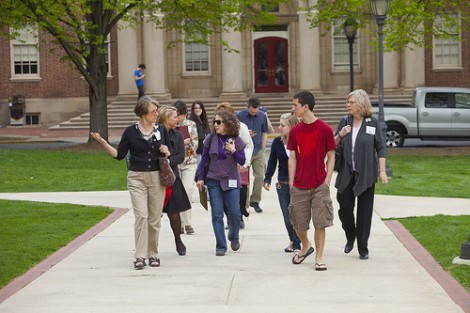
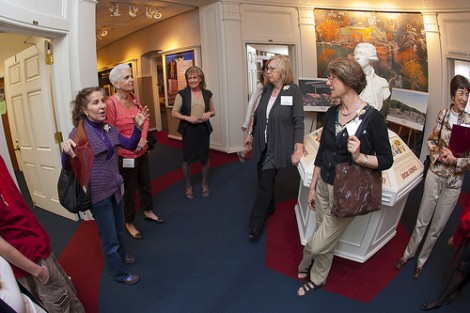
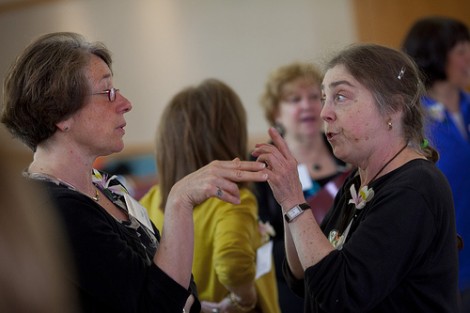
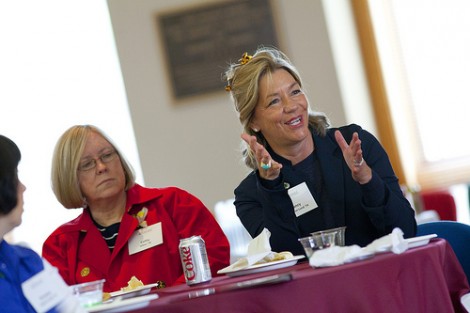
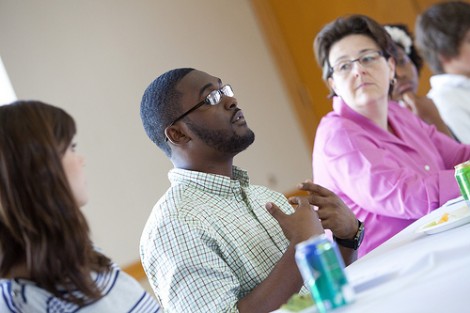
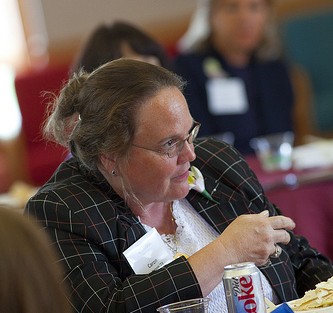
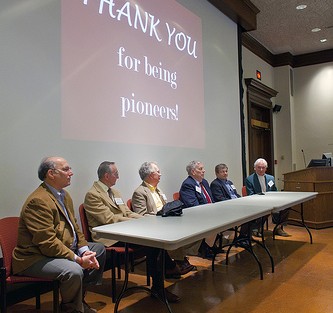
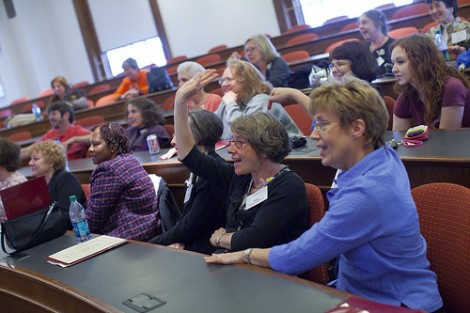
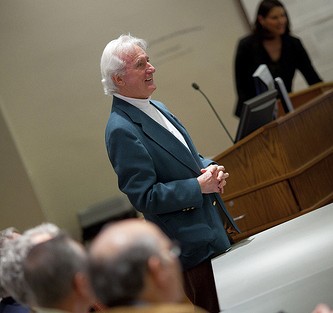
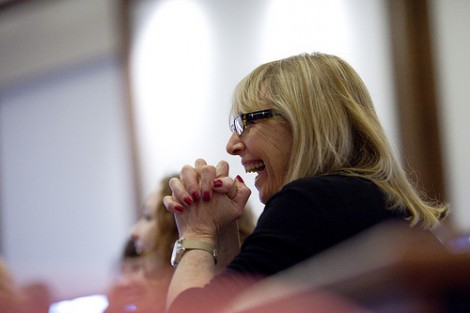
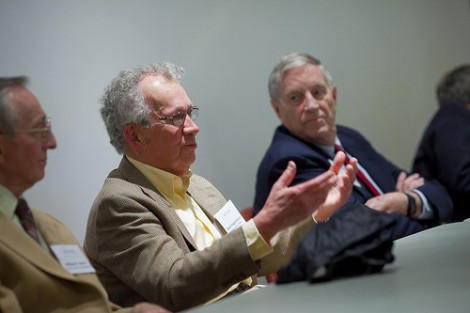
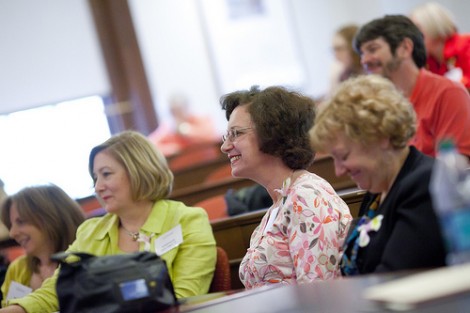
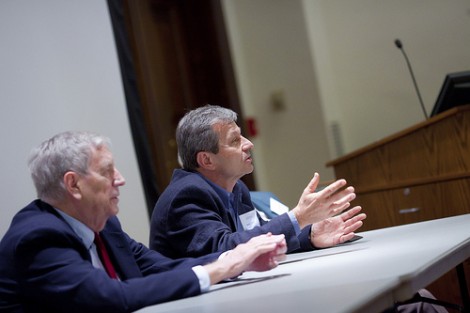
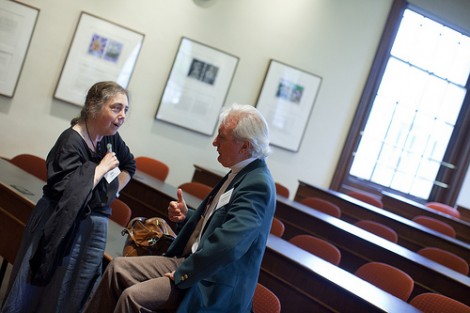
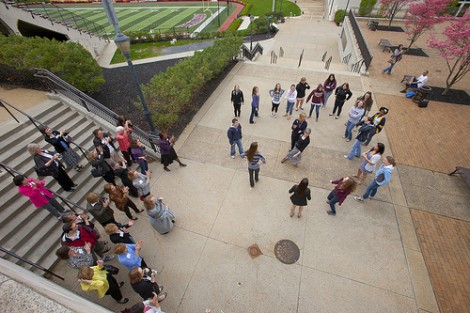
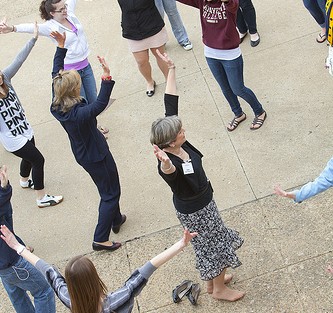
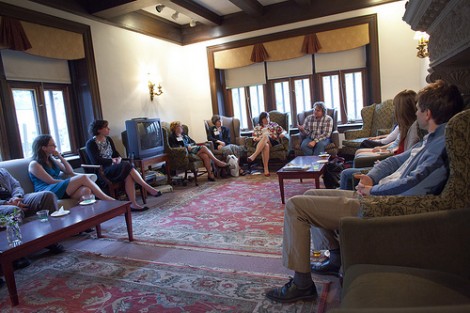
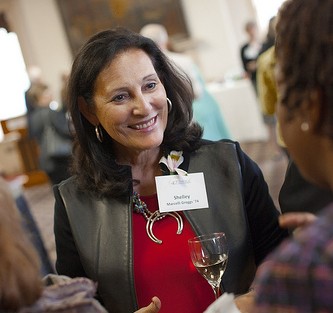
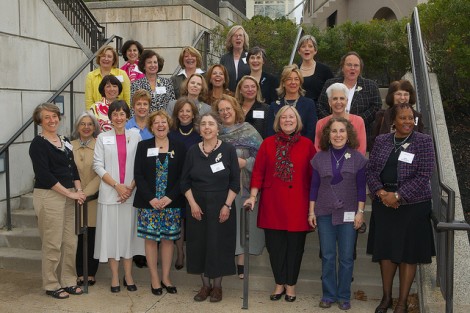
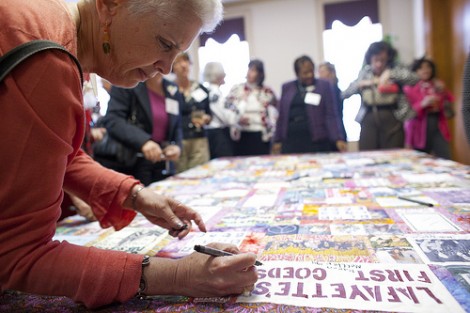
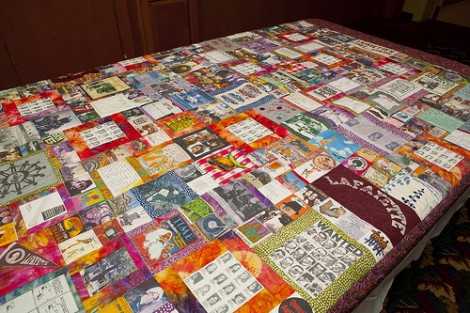
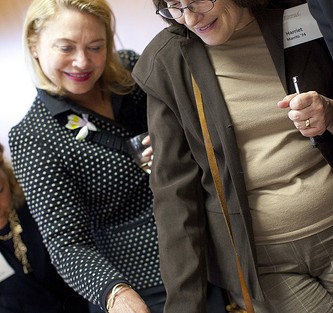
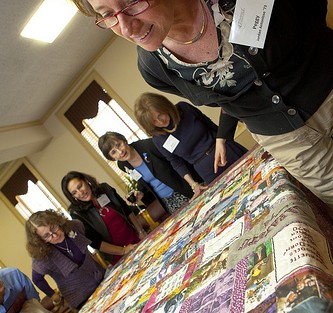
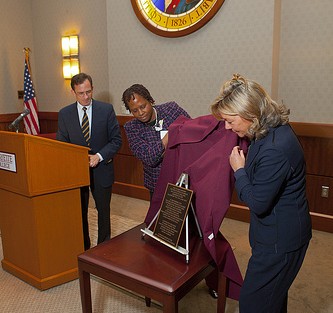
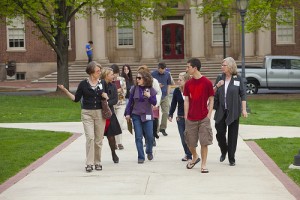
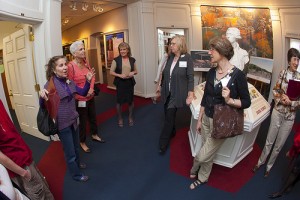
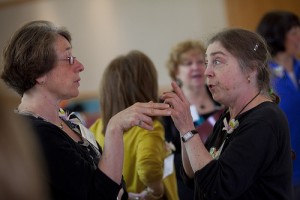
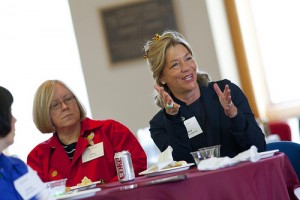
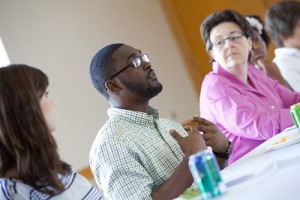
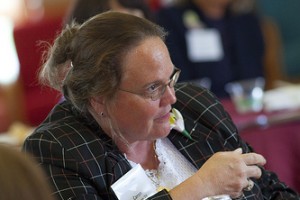
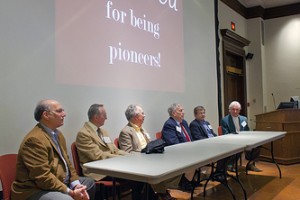
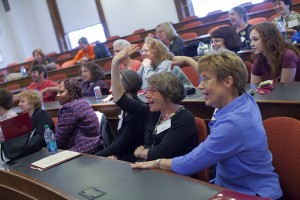
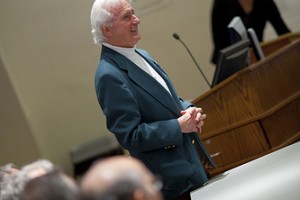
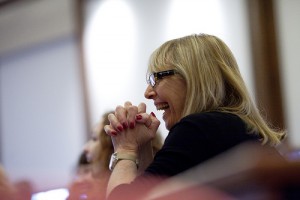
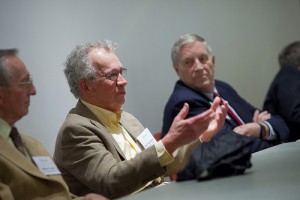
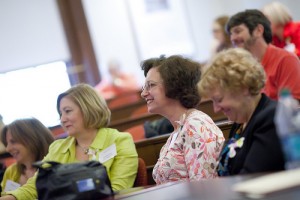
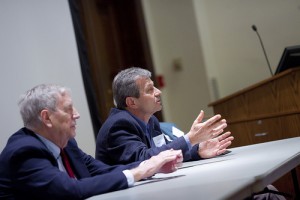
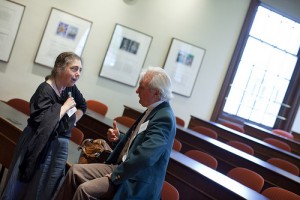
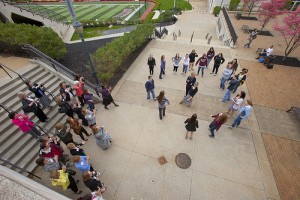
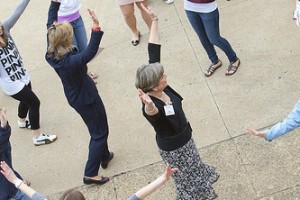
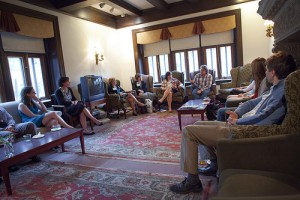
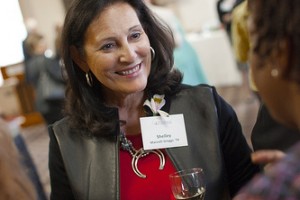
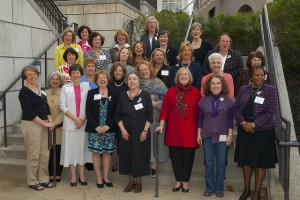
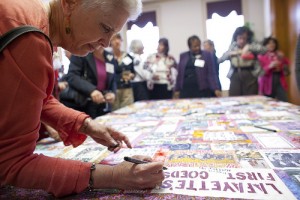

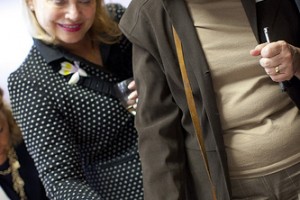
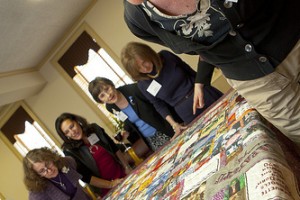
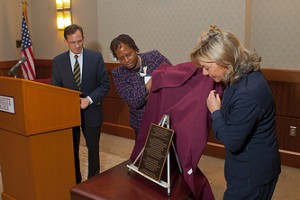
2 Comments
Comments are closed.